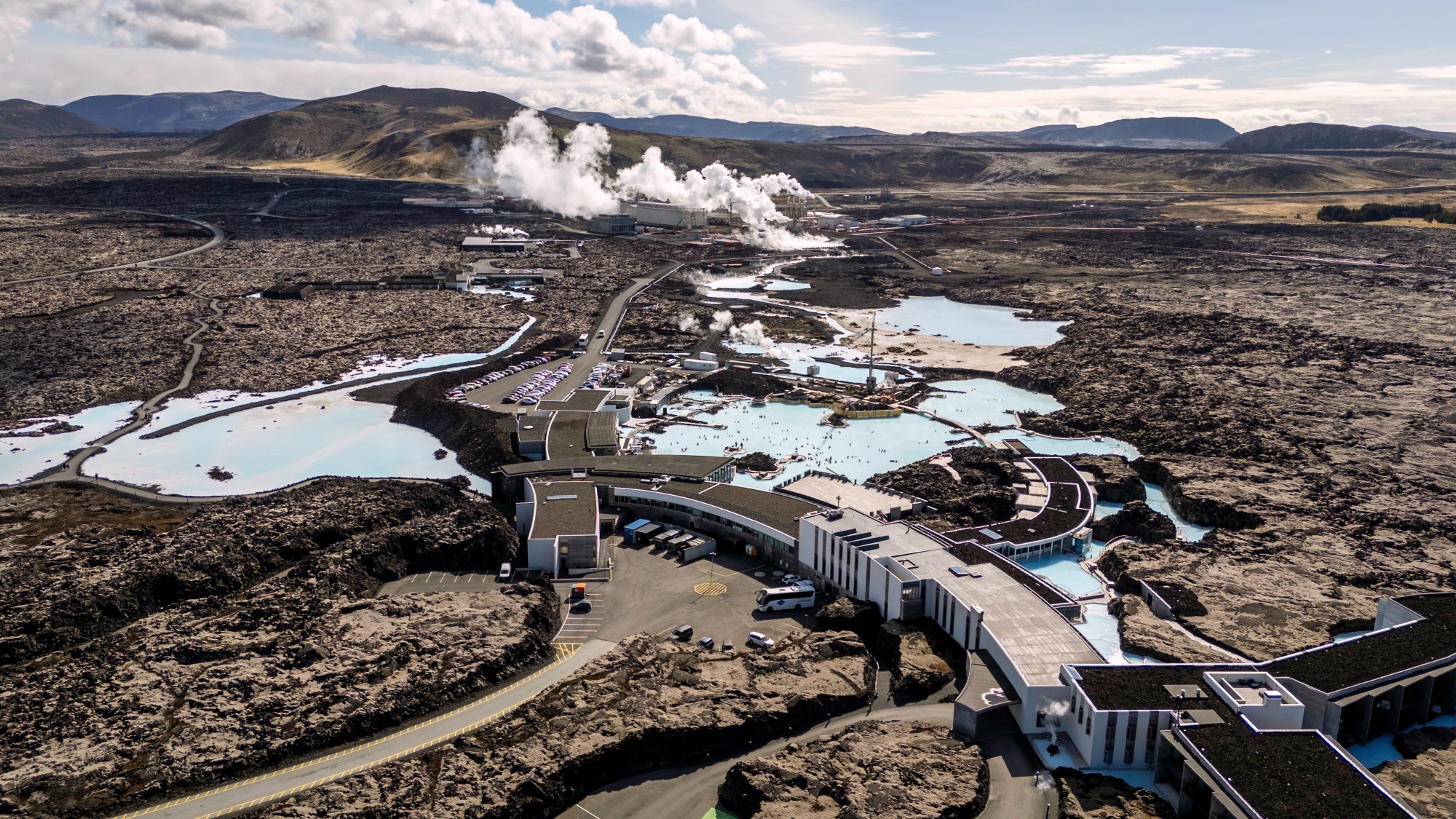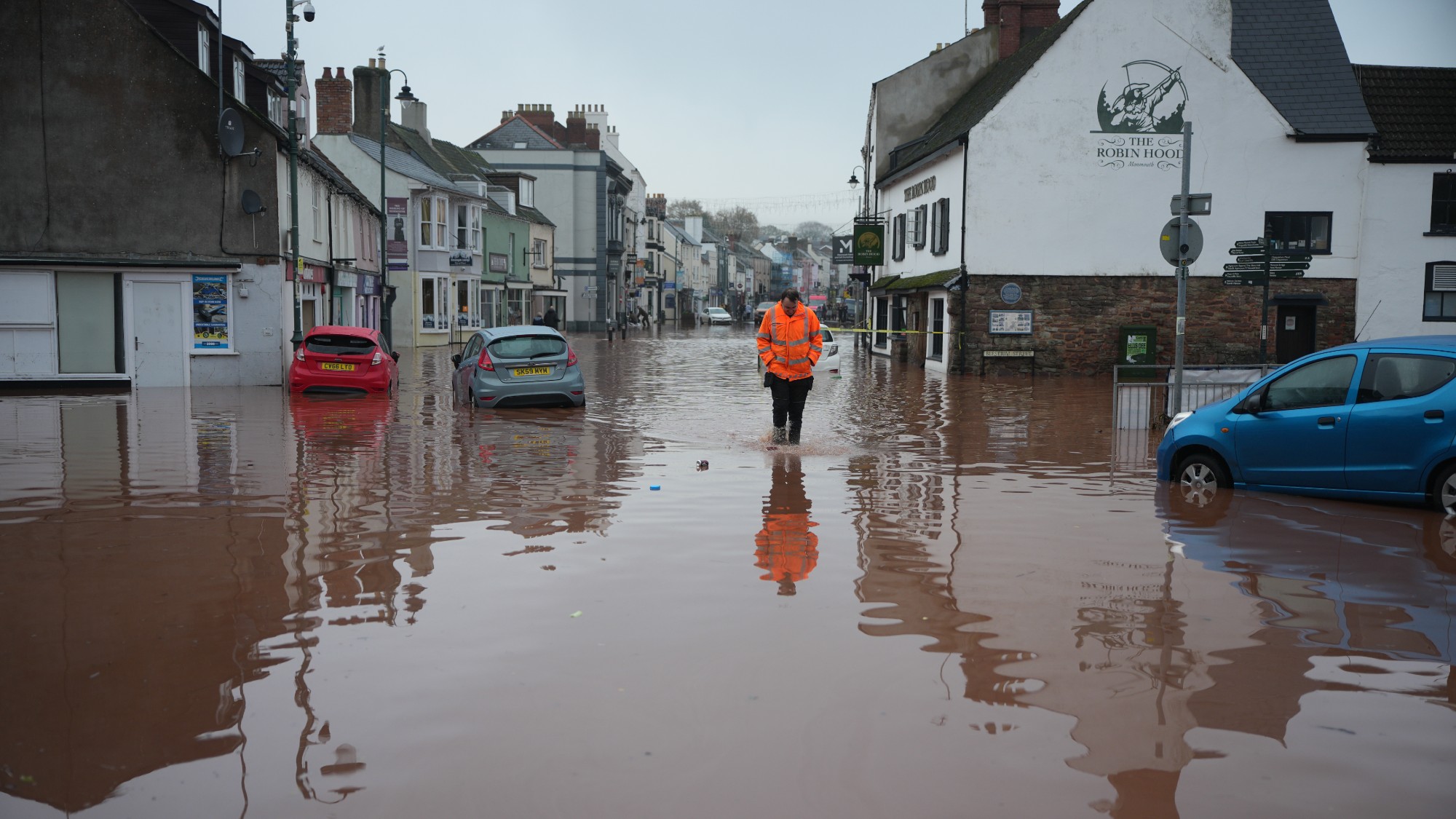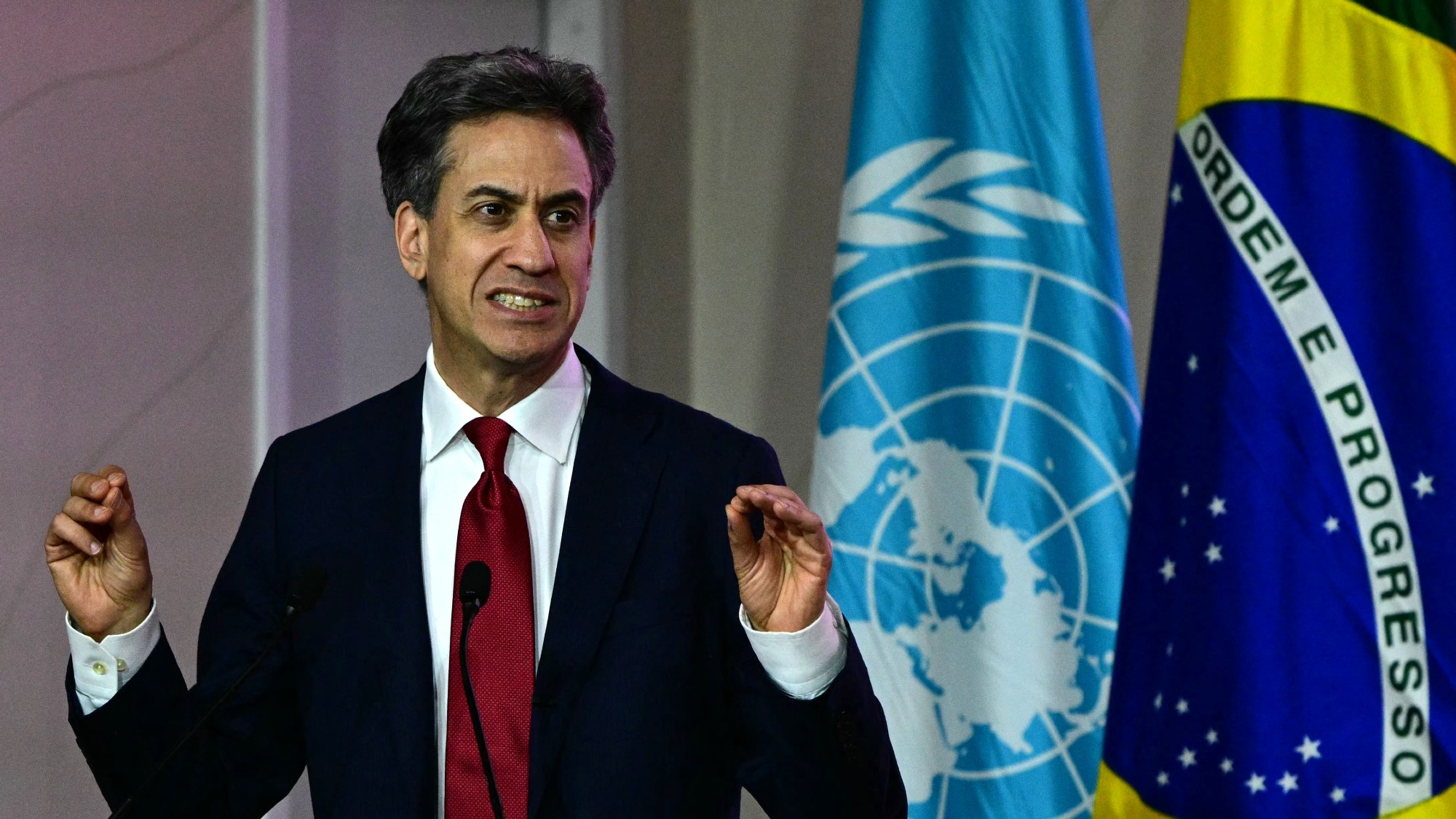How carbon credits and offsets could help and hurt the climate
They could be allowing polluters to continue polluting


The European Commission is set to permit countries to use carbon credits and offsets to "outsource a portion of their climate efforts to poorer countries from 2036," said Politico. They will also count toward the Commission's 2040 climate target. But while these credits and offsets have become a significant part of many countries' plans to reduce emissions and some claim any reduction of emissions is good regardless of location, others say the system allows polluters to keep polluting.
What are carbon credits and offsets?
Carbon offsets help "mitigate emissions" and are a "voluntary act by a company," said Earth.org. And carbon credits help prevent emissions and are "regulated and distributed by governments."
Both are "permits that allow the owner to emit a certain amount of carbon dioxide or other greenhouse gases," said Investopedia. This can apply on an individual level, national or global scale. Companies, for example, can purchase credits and offsets to bring down their own carbon footprint. ByteDance, the parent company of TikTok, "purchased more than 100,000 tons of carbon credits from Rubicon Carbon, a carbon management and investment company," to help reach its 2013 carbon neutrality goal, said Data Center Dynamics. In the global market, countries "unable to reduce enough greenhouse gas emissions through conventional methods would be able to purchase credits from other countries that implemented emission-reduction projects such as afforestation," said Earth.org.
The Week
Escape your echo chamber. Get the facts behind the news, plus analysis from multiple perspectives.

Sign up for The Week's Free Newsletters
From our morning news briefing to a weekly Good News Newsletter, get the best of The Week delivered directly to your inbox.
From our morning news briefing to a weekly Good News Newsletter, get the best of The Week delivered directly to your inbox.
The carbon credit market usually works through a cap-and-trade system. The government sets a cap on the maximum emissions an industry or even an entire economy can produce. The cap is then divided into allowances that can be traded. The trade is a "market for companies to buy and sell allowances that let them emit only a certain amount, as supply and demand set the price," said the Environmental Defense Fund. Trading "gives companies a strong incentive to save money by cutting emissions in the most cost-effective ways." Another way to offset carbon emissions is by allowing emitters to invest in projects that reduce emissions in developing countries, which are not required to have targets.
Are they effective?
Carbon credits and offsets have become a staple in the fight against climate change but they have also faced scrutiny, with many questioning their effectiveness. On the one hand, they are a "way to raise funding for CO2-cutting projects in developing nations," said Reuters. They also "create a monetary incentive for companies to reduce their carbon emissions," and "those that can't easily reduce emissions can still operate but at a higher financial cost," said Investopedia. Ultimately, the "atmosphere doesn't care where the emissions reductions happen," said Barbara Haya, the director of the Berkeley Carbon Trading Project, to Science News.
Those opposed say that carbon credits and offsets distract from the true goal. "Achieving net zero should begin with every effort to eliminate or reduce the burning of fossil fuels, the main cause of global warming," said Science News. The existence of carbon offsets allows polluters to "continue to engage in practices that are systemically unsustainable," said Sentient Media. "There's a growing consensus among experts" that offsets are "not an effective tool for fighting climate change, and in some cases may do more harm than good." There is also evidence to suggest that "existing protocols do not ensure carbon credits are consistently real, high-quality and accurately represent 1 ton of avoided, reduced or removed emissions," said a study in the journal Earth's Future.
Carbon credits and offsets should perhaps be only a piece of the emission-reduction puzzle, not a substantial portion. "The amount is important, because it shows how much you change in your own economy," said Ana Toni, the CEO of the COP30 climate summit set to take place this November in Belém, Brazil, said to Reuters. "If it's really a big amount of (credits), you're not changing your own economy."
A free daily email with the biggest news stories of the day – and the best features from TheWeek.com
Devika Rao has worked as a staff writer at The Week since 2022, covering science, the environment, climate and business. She previously worked as a policy associate for a nonprofit organization advocating for environmental action from a business perspective.
-
 Crest falling: Mount Rainier and 4 other mountains are losing height
Crest falling: Mount Rainier and 4 other mountains are losing heightUnder the radar Its peak elevation is approximately 20 feet lower than it once was
-
 Pros and cons of geothermal energy
Pros and cons of geothermal energyPros and Cons Renewable source is environmentally friendly but it is location-specific
-
 Death toll from Southeast Asia storms tops 1,000
Death toll from Southeast Asia storms tops 1,000speed read Catastrophic floods and landslides have struck Sri Lanka, Indonesia, Thailand and Malaysia
-
 Can for-profit geoengineering put a pause on climate change?
Can for-profit geoengineering put a pause on climate change?In the Spotlight Stardust Solutions wants to dim the sun. Scientists are worried.
-
 How will climate change affect the UK?
How will climate change affect the UK?The Explainer Met Office projections show the UK getting substantially warmer and wetter – with more extreme weather events
-
 Can the UK do more on climate change?
Can the UK do more on climate change?Today's Big Question Labour has shown leadership in the face of fraying international consensus, but must show the public their green mission is ‘a net benefit, not a net cost’
-
 Did Cop30 fulfil its promise to Indigenous Brazilians?
Did Cop30 fulfil its promise to Indigenous Brazilians?Today’s Big Question Brazilian president approves 10 new protected territories, following ‘unprecedented’ Indigenous presence at conference, both as delegates and protesters
-
 Can the world adapt to climate change?
Can the world adapt to climate change?Today's Big Question As the world gets hotter, COP30 leaders consider resilience efforts



